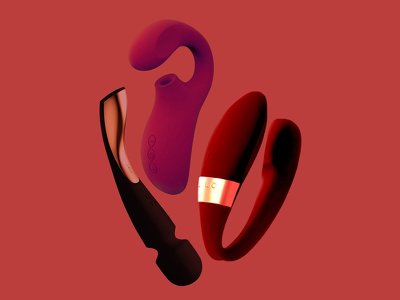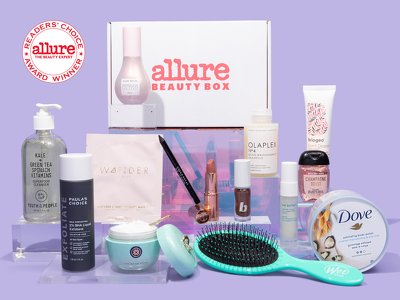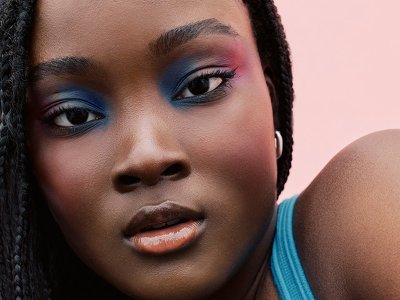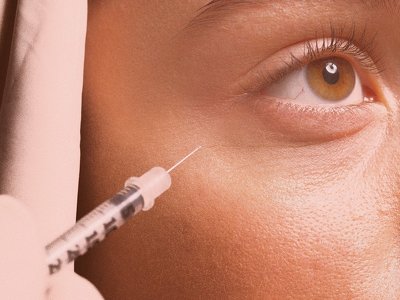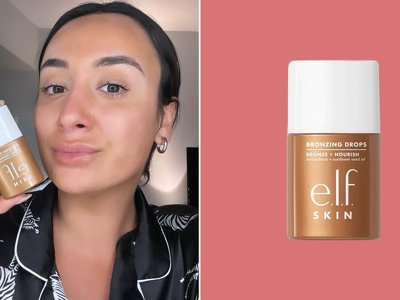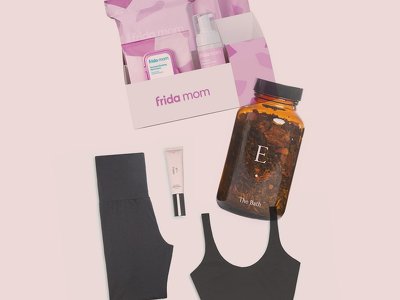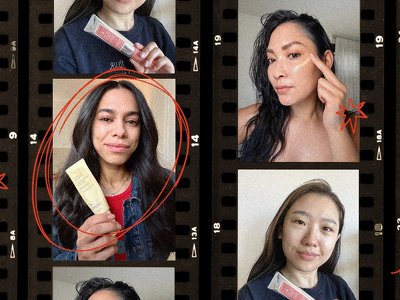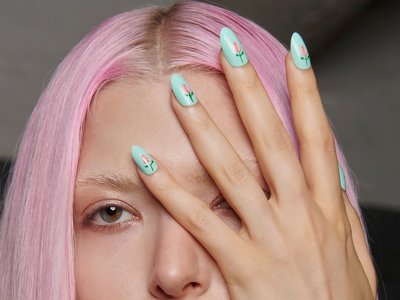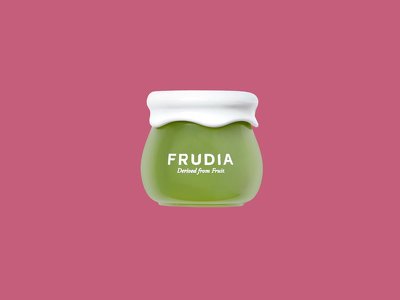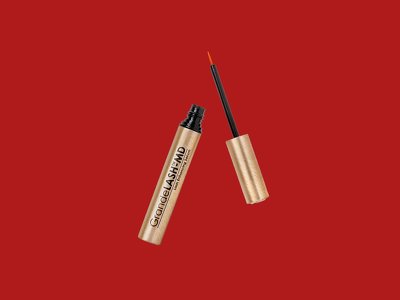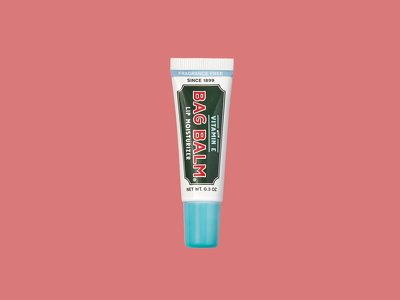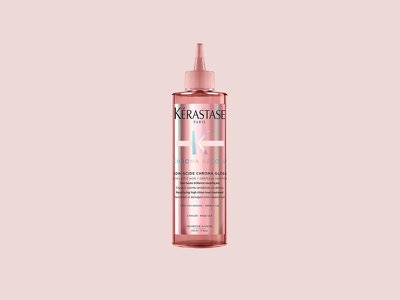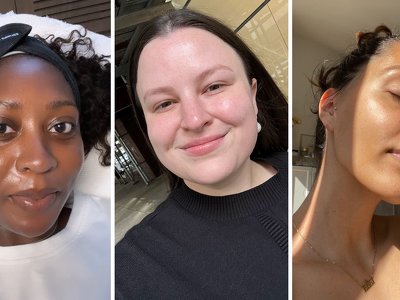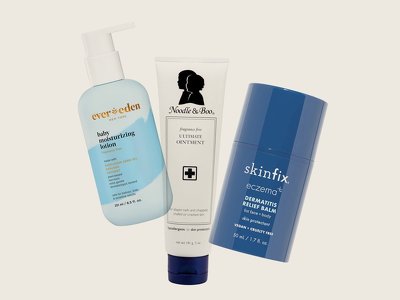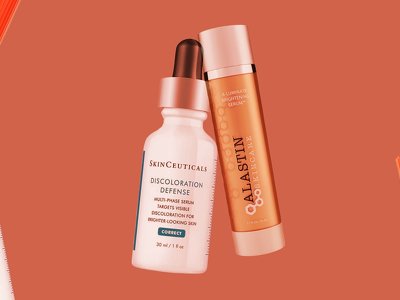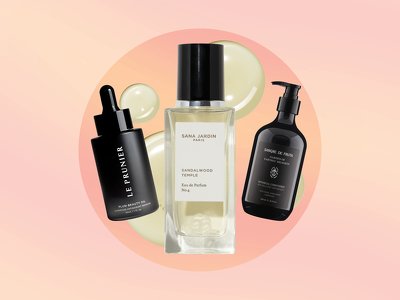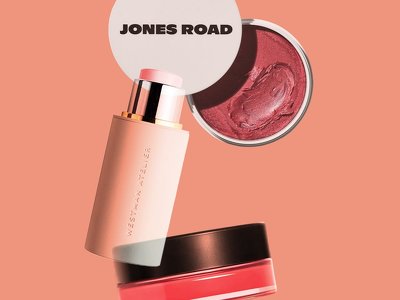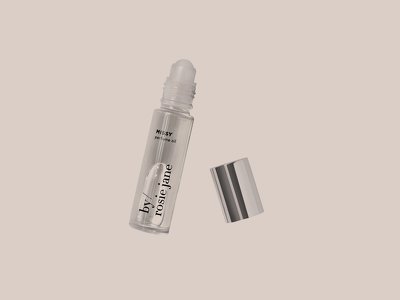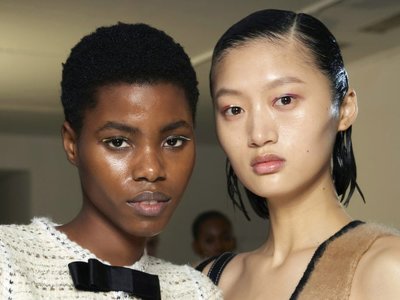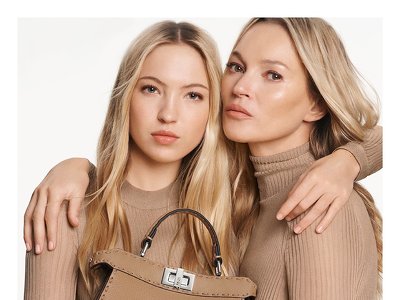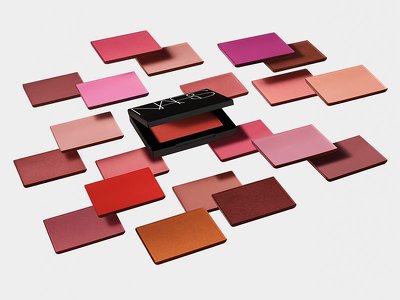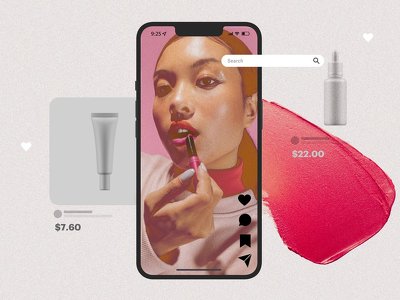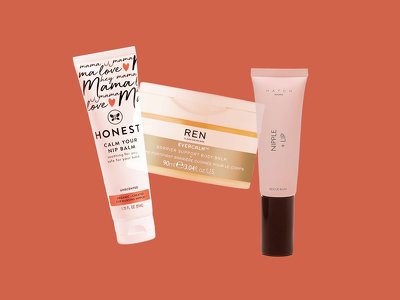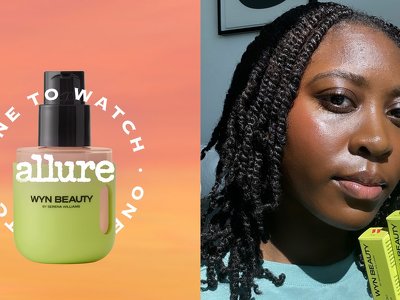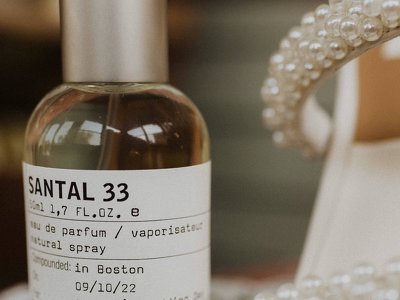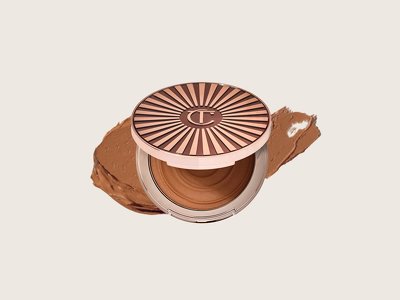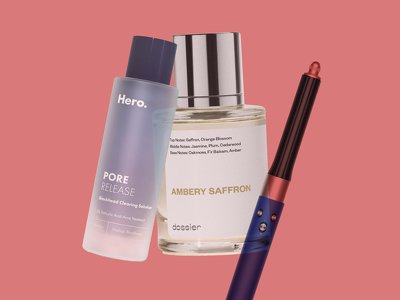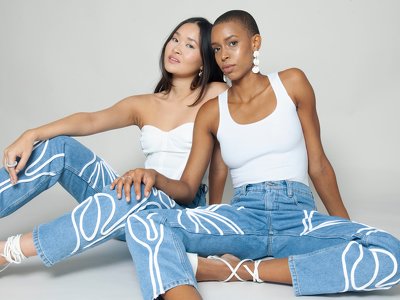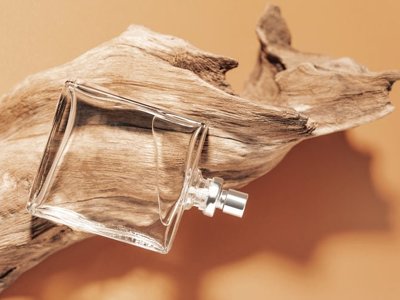A New Sunscreen Filter Is Coming to the U.S. Next Year

Between TikTok’ers DIY’ing their own sun protection, a scandal over inaccurate SPF testing in Australia, and a certain regulatory agency calling mousse sunscreens into question, it’s been a tough year to be a cosmetic chemist. So the stakes were higher than ever at this year’s Sunscreen Symposium, which happens every other year in Lake Buena Vista, Florida.
This year was the 20th edition of the conference—extra impressive considering that the event is brought together by volunteers from the Florida chapter of the Society of Cosmetic Chemists. I attended my first Sunscreen Symposium in 2013, where I learned how complex the regulatory landscape is in the US, where sunscreens are regulated like drugs, not cosmetics. I’ll never forget that panel with Dr. Reynold Tan, a chemistry reviewer at the U.S. Food and Drug Administration (FDA). Yes, that’s his real name.
This year, almost 800 people, ranging from cosmetic chemists to raw material suppliers to academic researchers, gathered outside Orlando. There were 35 scientific posters on display showcasing new research—think of it like a grown-up version of a science fair—and 19 speakers who lectured on topics from formulation strategies to consumer testing methodologies.
The biggest news at this year’s event? For the first time since 1999, we should have a new sunscreen filter approved in the U.S. This is a really, really big deal. In the U.S., we’ve been working with a pretty limited toolbox when it comes to formulating sun protection. For the past quarter century, we’ve had 16 listed active sunscreen ingredients (also known as filters), but only eight are commonly used in modern formulations. Even fewer are considered truly useful. Compare that to the European Union, where formulators have over 30 approved filters—including advanced options like bisoctrizole, which has broad spectrum protection and excellent stability. My colleagues in Japan are choosing from more than 30 options. The issue with the lack of filters in our country hasn’t just been that choice is a nice thing to have–it’s that many of the filters that have been used abroad for years are more elegant to work with, and simply more effective at protecting our skin from the sun. A 2017 study that tested 20 U.S. sunscreens found that only 11 could meet the European Union’s standards for UV protection.
Okay, so this new filter. It’s called bemotrizinol, also known as Bis-Ethylhexyloxyphenol Methoxyphenyl Triazine. But, don’t worry, we can just call it BEMT. Simply put: BEMT stays stable longer and gives better broad-spectrum protection than any sunscreen filter currently approved in the U.S. Having this ingredient in our arsenal will allow us to provide more elegant sunscreens—and that’s important, because poor skin feel and white cast are some of the most common reasons people say they don’t apply sunscreen often enough.
If you’re the type to stuff your suitcase with sunscreen when traveling abroad, you may have already experienced the benefits of BEMT: In the European Union, it’s found in La Roche-Posay’s Anthelios line of sunscreens, the most popular—and my personal favorite—of which is Anthelios UVMune 400 Invisible Fluid SPF 50. BEMT is also used in the original, Japanese version of Bioré UV Aqua Rich Watery Essence Sunscreen SPF 50.
The manufacturer of BEMT, DSM-Firmenich, has been working to get this filter—which they’ve branded as Parsol Shield—approved in the U.S. for around 20 years, which is just about how long it’s been safely used in other countries. The total cost to bring the ingredient to the market was estimated at a whopping $20 million, according to the company.
If all continues to go as planned, we might see new sunscreen products with BEMT on the U.S. market in the later half of 2026. But in the meantime, here’s what else had us buzzing at the 2025 Sunscreen Symposium.
1. New and improved ingredients beyond filters are coming—like film formers, which enhance water resistance and ensure even application. Other existing organic actives— you probably know them as “chemical filters” —could also be getting a makeover. One particularly interesting poster prepared by biotech startup Skinosive showed that modification of an existing UVA filter could improve how well it sticks to the surface of skin, providing exceptional long-wear properties. (The filter, sadly, is not yet available in the US.) Zinc oxide-based formulations—aka mineral sunscreens—continue to grow in popularity due to consumer demand, as evidenced by just how many scientists are working to minimize the white residue associated with those types of products.
2. Sunscreen testing methods are getting smarter. Traditionally, researchers apply sunscreen to volunteers’ skin and then expose them to UV light until the skin turns red, essentially waiting for a sunburn to measure how effective the product is. It’s not only uncomfortable and ethically questionable, it’s not inclusive. You can’t utilize panelists with darker skin tones in that test because it is so much harder to recognize reddening of the skin. New methods use techniques like UV spectroscopy—a tool that helps us study how light interacts with different compounds—to objectively measure UV absorption. This approach leads to more accurate and inclusive results. These new methods may also improve the reliability and consistency of sunscreen testing while helping create more consistent global standards—but first they need to gain broad regulatory approval. Considering the FDA’s average speed on sunscreen-related approvals, that process could take years or even decades—although, given the prevalence and human costs of skin cancer, there should be urgency.
3. Partnering with lawmakers is more important than ever. Each time I attend the Sunscreen Symposium, I leave impressed by the science—but also reminded there is a growing need for smarter, more modern ways to evaluate and approve sunscreen actives. Science continues to rapidly advance in the field of photoprotection, but it feels like we’re stuck in the past in the US. As both researchers and consumers, we have a role to play in pushing for change. That means engaging with policymakers to advocate for faster review of new sunscreen actives and product forms. When we open the door to new, well-vetted ingredients and products that consumers actually want to apply, we can create sunscreens that are more effective and more likely to be used regularly by people of all skin tones and lifestyles, which ultimately leads to better sun protection and a meaningful reduction in skin cancer risk. And ultimately, that’s what it’s all about.
Read more about sunscreen:
- Last
- April, 28
-
- April, 27
-
- April, 26
-
-
- April, 25
-
- April, 22
-
-
-
-
- April, 16
-
-
-
-
-
- April, 15
-
-
-
- April, 13
-
-
News by day
29 of October 2025
